Compromise, Acceptance & Happiness In A Multicultural Marriage
Five years! We are celebrating our five year anniversary this year.. well actually at the beginning of next year. Okay, that’s confusing. Five years ago in October of 2011, we wed in traditional Korean fashion down in Busan, Korea. While the ceremony was colorful, interesting and fun, we also wed stateside in Ohio in January of 2012. We actually celebrate our wedding anniversary in January using our American ceremony date, BUT that doesn’t stop me from reminiscing over our Korean ceremony each year come the autumn foliage and cool breezes in October. Just look at us all done up in those gorgeous Korean traditional duds! Getting into them required a whole post unto itself. Whew! Four layers and more of gorgeously lush and colorful fabric draped this way and that and hair pieces galore. I’ve learned a lot as a couple and as a multicultural couple in Korea where there’s a lot to learn to accept in a very homogenous society.
(This post contains affiliate links, which means I receive a certain percentage of a sale if you purchase after clicking at no cost to you. Thank you for your support.)
Getting married in traditional Korean fashion isn’t really IN fashion in Korea it seems. I don’t know exact percentages, but I’ve noticed that every one of my Korean-Korean couple friends has engaged in a westernesque style of ceremony when they wed while the multicultural couples I know have all, except for one, wed in traditional Korean ceremonies while in Korea. Okay, I’ve been to more Korean couple weddings than multicultural weddings and I don’t know a huge number of multicultural couples, but doesn’t it seem noteworthy that Korean couples are NOT partaking in the ceremonies that are traditional as often?
Of course, even when a western style wedding ceremony is done, directly after is a short paebaek ceremony in which the wedded couple is adorned in Hanboks and they bow to family members and parentsto be fair, but we embraced the entirety of the traditional Korean ceremony and boy was it different… and special. These days, many Koreans don’t even own their own Hanboks but opt to rent when they need one. That being said, Korean designers are taking style by storm here in Korea and adapting traditional Hanboks into some gorgeous Modern Hanbok designs these days.
Five years later, I’m still thankful for how we chose to wed and how it set the standard for how we do almost everything.
Having two ceremonies so that I could experience Korean cultural norms and one in the US so my husband could experience American cultural norms really allowed us to learn about each other in a whole new way. While I say that, both ceremonies were not necessarily done in order to experience each other’s culture, there was also a little stubbornness as we both wanted to have a ceremony in our home country and with our family and friends which resulted in the two ceremonies.
Embracing the differences and intrigue of each ceremony was more of a happy effect. Not only could we see each other in his and her element but we learned how to truly compromise where we were coming from. While some things, like how we raise our daughter, is a little American this and a little Korean that all rolled up into one. Other things, like having separate but beautiful weddings, we choose to be wholly Korean or American with. I think that’s part of the beauty of being in a multicultural relationship. We actually opted for a similar thing when it was our daughter’s first birthday. She ended up with two, one a more Korean-inspired with the traditional dol ceremonies and one more American-inspired with the smash cake and all.
While all relationships take compromise, understanding and discussion, it’s been freeing to have other cultural norms that are just as relevant and valuable when we do compromise. Take our infant and her sleeping, for example. Were I in the States, I may have felt pressured by the numerous books, articles and other material that says babies should move up and out of a parent’s bed and into a crib or bassinet just months after they’re born. While I don’t judge other couples for doing that, I think that all babies are different and have their own personalities and need different things as well. Some babies don’t sleep with someone else in the bed and some parent’s can’t sleep fearful that they’ll roll over on their children.
In Korea, it’s common for children to sleep in a family bed with their parents for the first two years and sometimes even longer. We are co-sleeping and bed-sharing like champs and I couldn’t be happier. I was much more comfortable with the idea here though and talking about it with other mothers here because it is common and I was happy to make that compromise and discuss that cultural norm (even though we did spend money on a crib that was barely used). My husband also realized, from my mother, than it was a-okay to let the baby sleep on her belly and have belly time, which his side of the fam was consistently voicing concerns over.
While it hasn’t always been easy and some compromises can be really difficult to put into action, I know I’m lucky to have someone as understanding and as open as my husband.
While most of the time it’s just Hallie and Jae-oo living the freelance life, sometimes it is definitely an American and a Korean discussing and coming to conclusions from those perspectives. The important thing is to realize when it’s me or my cultural values or norms that are making decisions, judgments or statements. It’s fine to come from my American perspective, but it’s equally important to listen and understand his Korean perspective.
It’s been a valuable lesson from our marriage realizing what I believe, why I believe something and how I fulfill those beliefs.
We all grow up being taught and learning things from our parents, teachers, governments or other organizations and it’s useful to consider other perspectives and consider why we do the things we do. It’s funny, I’ve found myself in conversations before where I’m discussing some American idea or political stunt and I’m standing up for it like a big sister merely because the other person talking about it isn’t American. It’s like the idea that I can say a snotty remark about my younger sisters but if anyone else does in front of me, I’ll definitely set them straight. The same thing can happen easily enough in a multicultural relationship. Sticking up for some idea or action only to realize that the other person’s culture has a different but awesome way to do something. Other ways of doing things aren’t necessarily wrong.. they’re just different and that’s to be embraced and empowering rather than judged and looked down upon.
It’s been five years and it amazes me how many unexpected lessons I’ve learned from my husband in that time and stuns me to realize just how many more I’ll surely have with him. From embracing quiet time and not allowing my gut-reaction to guide me all of the time to accepting and learning from his cultural perspective, I truly adore him and all that he has given me these past five years.
Did you like this post? Pin IT!
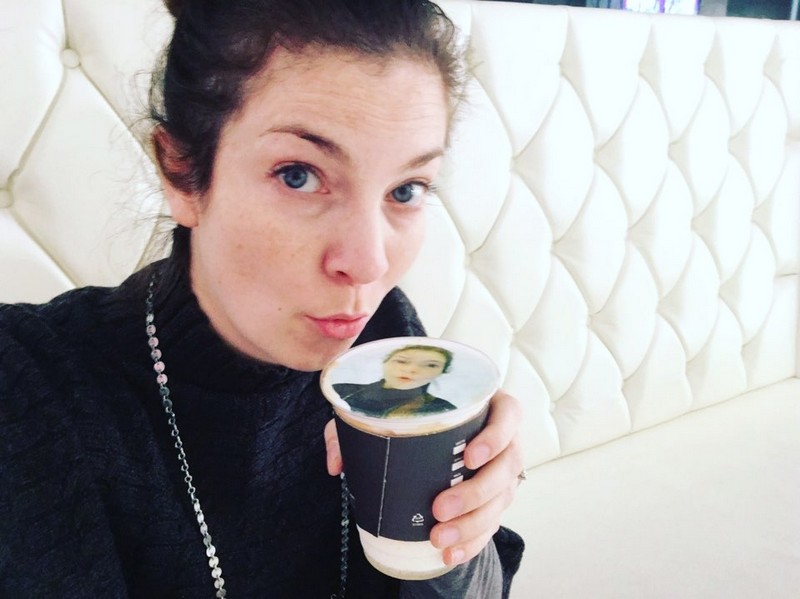






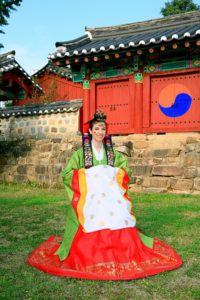

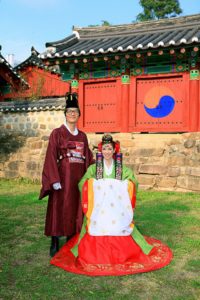
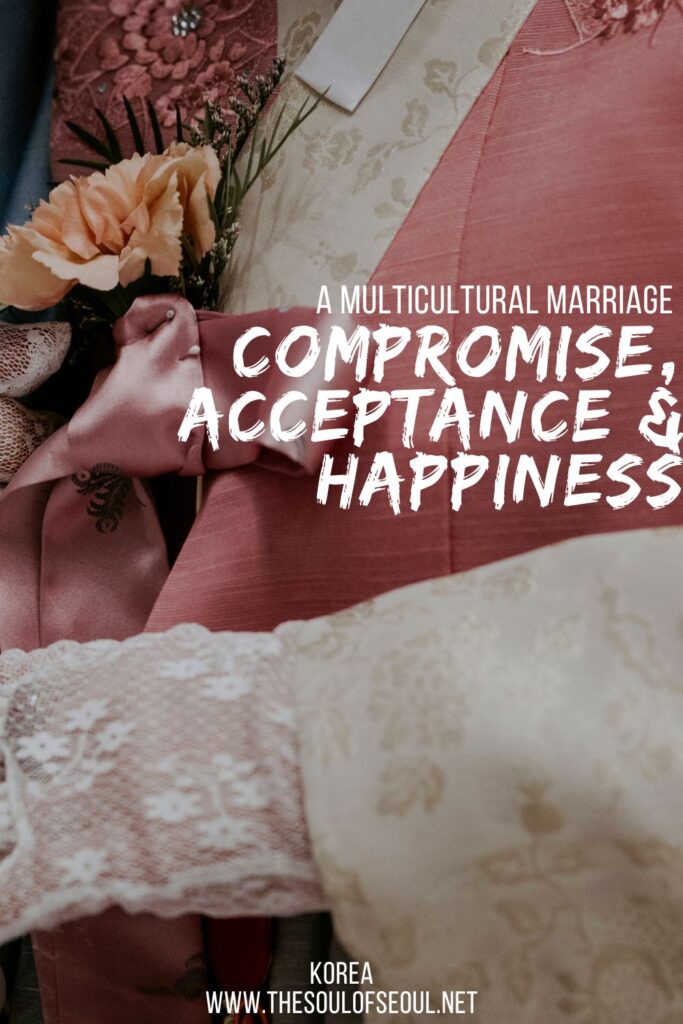
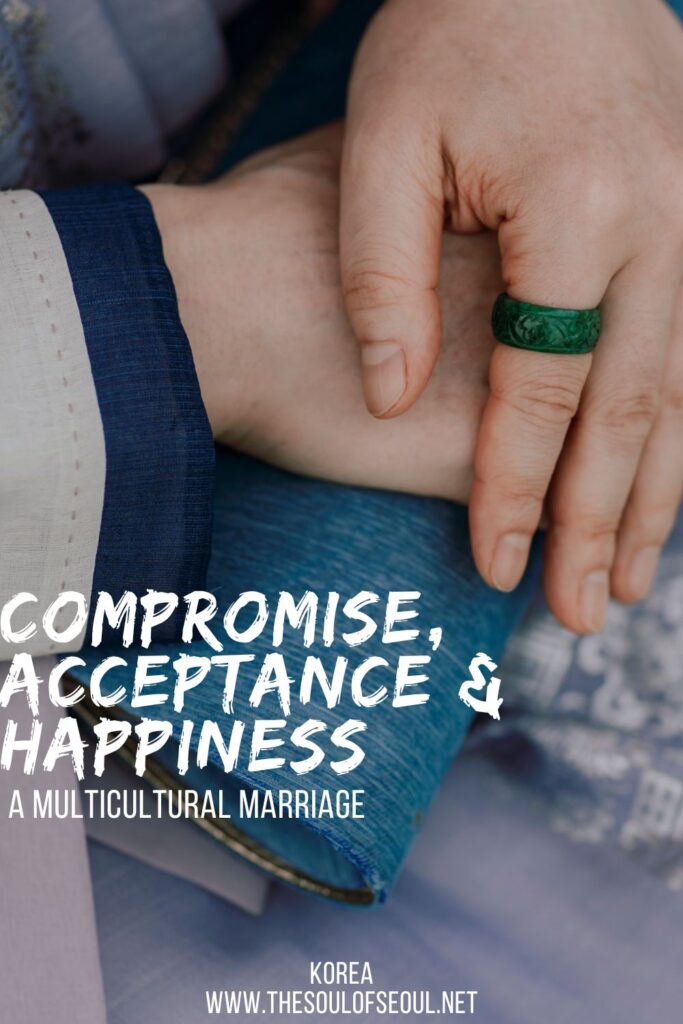
One Comment
Star Lengas
Awww this was really great! I didn’t realize we were both married around the same time (Korean dates!) I can definitely relate to this, because my spouse and I come from very different cultures. There is always a lesson to learn while being married. Happy Korean Anniversary! Also, you all look beautiful!